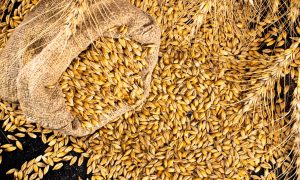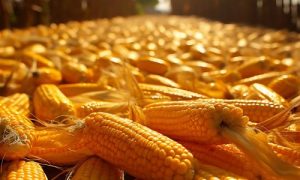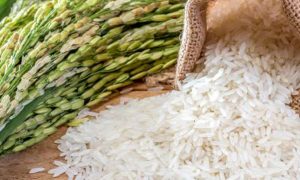Zimbabwe aims for rice self-sufficiency with three new varieties

THE agricultural research and innovation services department under the Ministry of Lands, Agriculture, Fisheries, Water and Rural Development has released three new rice varieties that are suitable for farmers with limited irrigation facilities.
THE agricultural research and innovation services department under the Ministry of Lands, Agriculture, Fisheries, Water and Rural Development has released three new rice varieties that are suitable for farmers with limited irrigation facilities.
The varieties, Nerica 1, Nerica 3 and Nerica 7, are high yielding while they require low inputs, making them an attractive option for farmers.
In an interview at a three-day second edition of the agricultural research and extension symposium recently held in Harare, rice breeder Mrs Nomsa Chizhande said increasing local production was aimed at reducing the country’s reliance on imports.
“We are promoting rice production to close the gap between production and consumption. The new varieties have been engineered to mature at different times, allowing farmers to choose the best option for their needs. Nerica 7, a long-season maturing variety, takes 135 days to mature and yields up to 7 tonnes per hectare. Nerica 3, a medium-maturing variety, takes 120 days to mature and yields up to 5 tonnes per hectare. Nerica 1, a short-season maturing variety, takes 100 days to mature and yields up to 3-4 tonnes per hectare,” she said.
One of the key benefits of the new varieties is their ability to thrive in upland conditions, making them suitable for farmers in areas with limited irrigation facilities.
Mrs Chizhande said the varieties have lower input requirements, with only 200kg per hectare of basal fertiliser and 150kg of ammonium nitrate required per hectare.
“By increasing rice production, Zimbabwe can reduce its reliance on imports and save foreign currency. The initiative also has the potential to create employment opportunities and improve the livelihoods of farmers.
“Zimbabwe is importing more than 80 percent of the rice which is being consumed in the country. Zimbabwe is spending about US$100 million importing rice,” she said.
She said consumption of rice was increasing due to lifestyle changes, with the younger generation now preferring rice to sadza.
To Read more about Rice News continue reading Agriinsite.com
Source : The Herald














